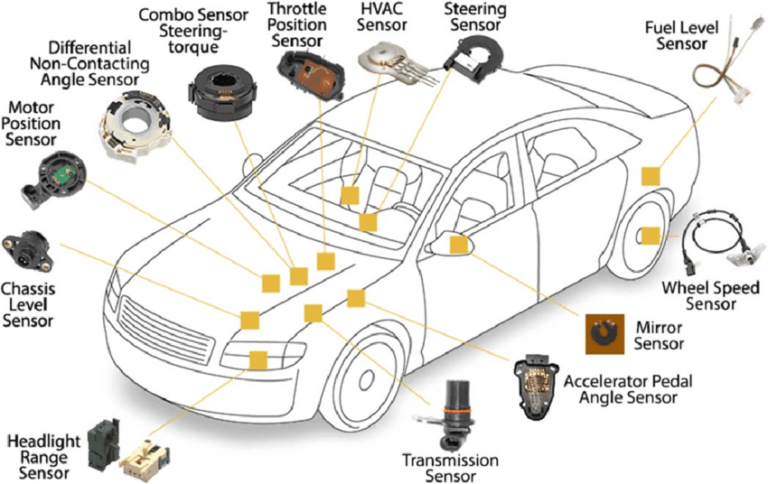Have you ever wondered about how you would remotely control large equipment? Whether you imagine televisions or giant automated robots, the answer remains the same: sensors.
Sensors make use of a CAN I/O Extension Module and a fan control module for functioning. They are a part of IoT and make controlling machines more efficient.
If you have tried constructing a small robot or dissecting a remote-controlled toy, you would have come across these tiny devices. Although small, they are very powerful.
Read on to learn more about the sensors powering your everyday life.
The First Sensor
The history of sensors dates back to 1906. With the invention of the glass electrode, scientists discovered infinite potential.
In 1950, Samuel Bango developed the first-ever sensor. Its function was sensing motion, and it made use of the “Doppler Effect.”
Bango’s motion sensor found use in burglar alarms that are still used today.
The Internet of Things (IoT)
The world’s first IoT device was built in the 1980s. A group of students from Carnegie Melon University designed a way for the coca-cola vending machine to report its contents via a network.
However, the term “IoT” did not exist until the 1990s.
At present, IoT is used as the point where hardware and software connect. Electronic equipment is connected to a network and kept track of. This connection is built using many modules like the CAN I/O Extension Module.
Kinds of Sensors
As of 2020, there are 27 billion devices connected to the Internet of Things. These connections are heavily dependent on sensors and wiring surrounding sensors.
Sensors began with motion sensors but have been developed significantly since. At present, there are many kinds of sensors:
- Temperature sensors
- Pressure sensors
- Humidity sensors
- Vibration sensors
- Position sensors
- Light sensors
Where Would You Use Sensors?
Sensors are used mainly in the following niches:
- Tracking parameters to monitor systems
- Controlling gadgets using remotes
- Connecting devices to the Internet and uploading data directly from it
Hence, sensors help in monitoring and automation.
Input/Output modules are used in sensors to connect hardware to software. The same is also used for triggering actions based on collected data. These modules give you superior control over your devices and increase efficiency.
Smart controllers, CAN display, and microplexes are some electronic devices that also use CAN I/O modules. These are sensitive devices with high levels of accuracy.
These electronic devices are available in a variety of sizes and point densities. So, you can choose which specification you want to use depending on your requirement.
Impact of Sensors on Your Everyday Life
Since their invention, sensors have been continuously developed and used in many domestic appliances. You may be aware of sensors in your mobile phone or television sets. However, you will be surprised to know that those are not the only gadgets.
Geysers and toasters use heat sensors to switch off after a point automatically. Water purifiers use sensors to monitor the quality of water.
Sensors have become much more efficient in recent times. This development is a result of continuous research. Integration of input and output modules like the CAN I/O Extension Module provides better efficiency.
Zero Off is a GPS speed control that uses sensors, satellite imaging, and CAN I/O. It is used for navigating routes and automatically setting courses in water and air transports.

